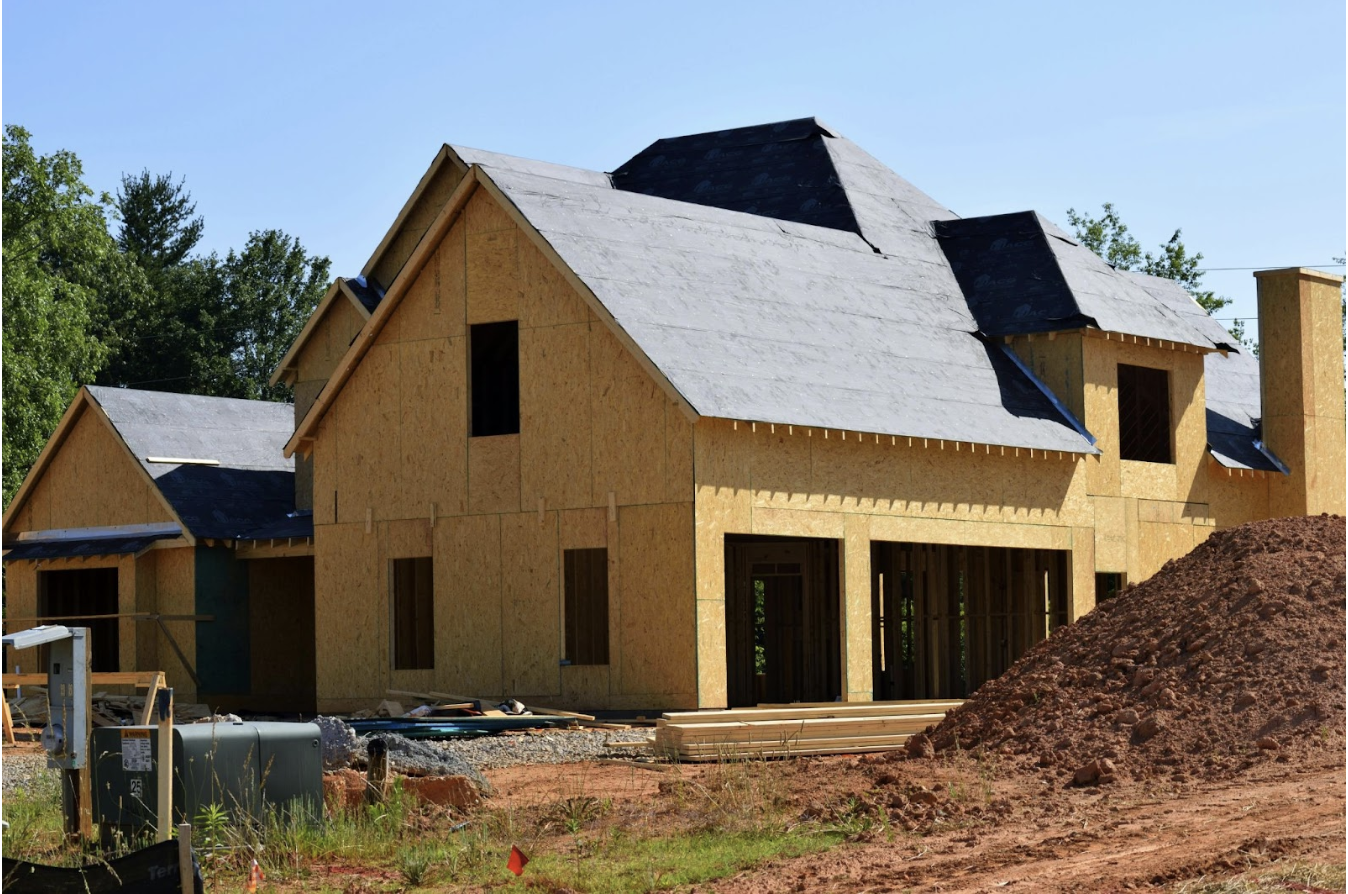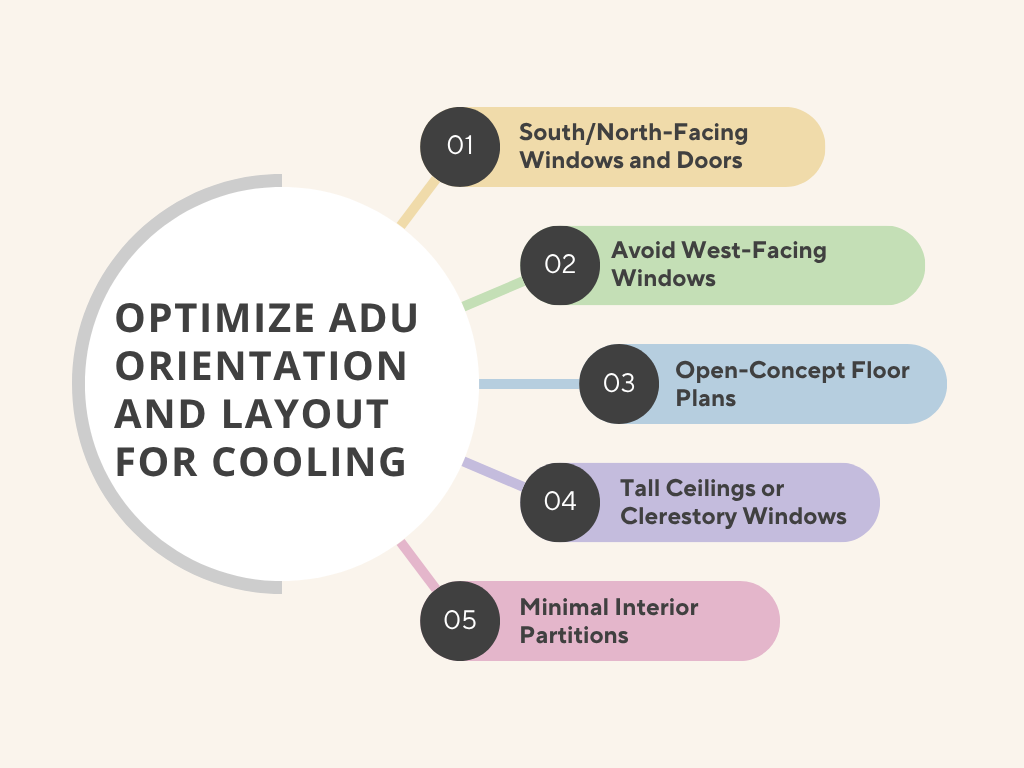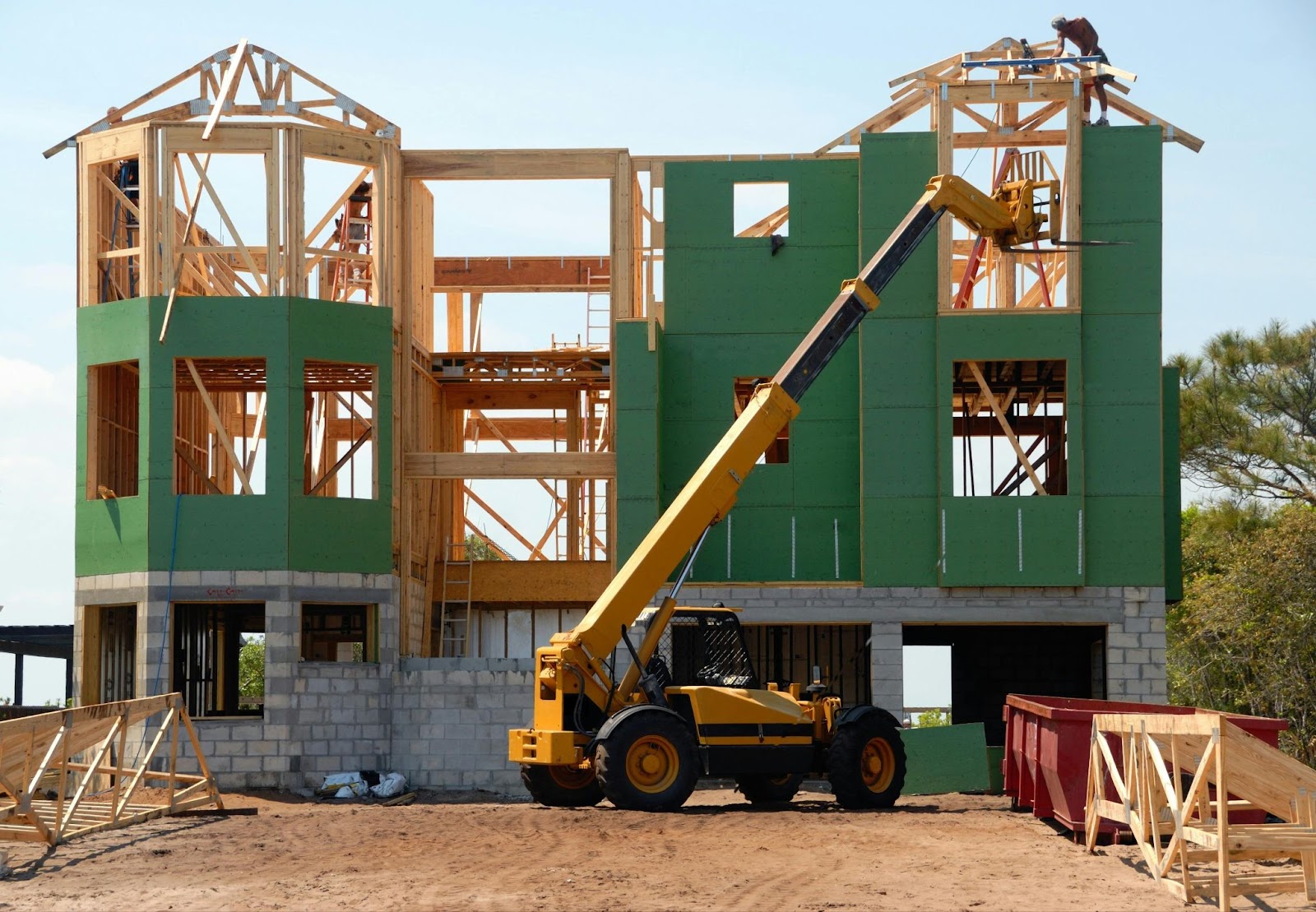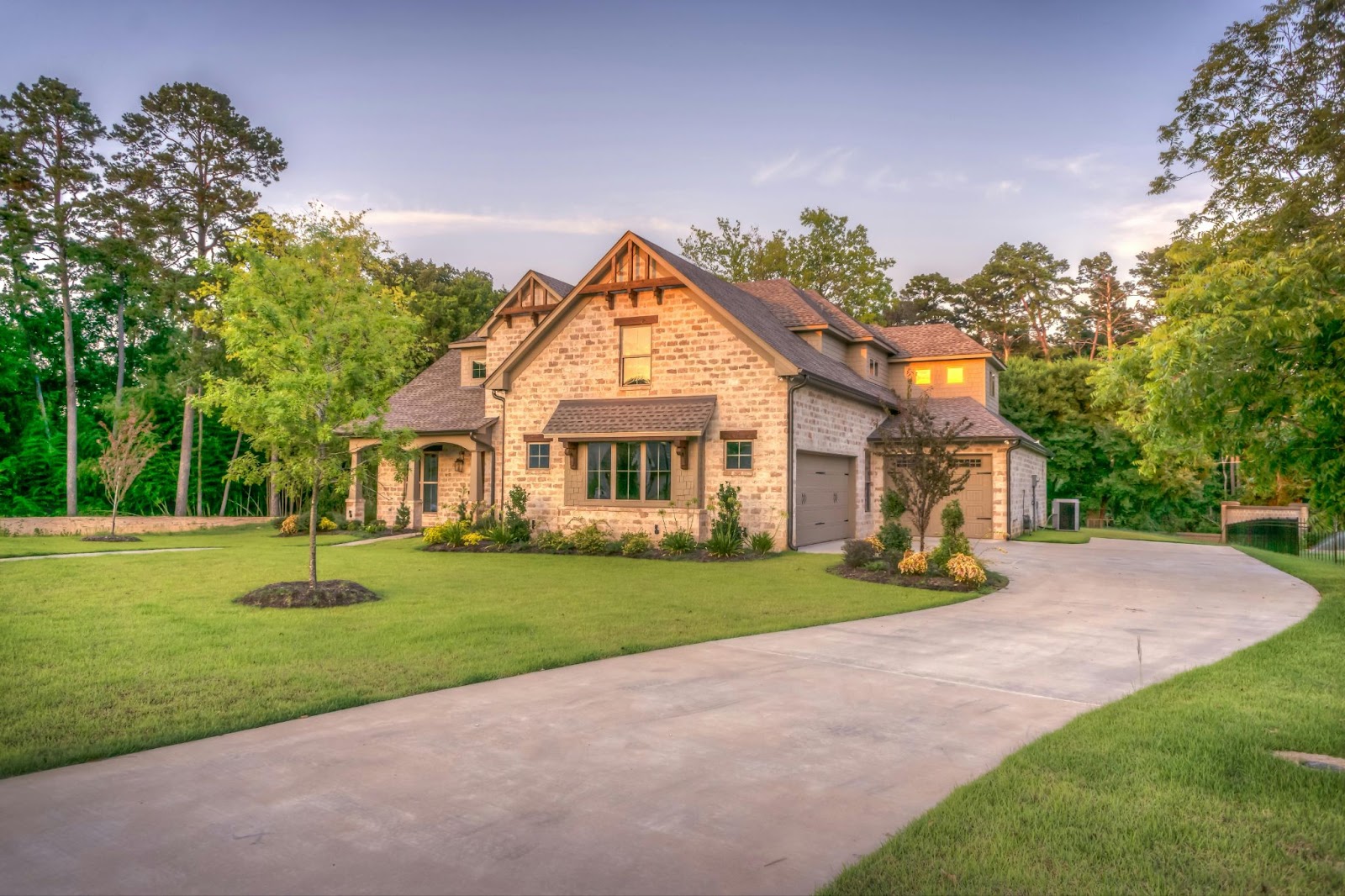ADU Knowledge
August 7, 2025
What Are the Best ADU Designs for Hot and Humid Georgia Climates?

.png)
Schedule a free appointment with one of our ADU experts.
Get ADU QuoteOr call: (323) 591-3717
The best ADU designs for hot and humid Georgia climates focus on cross-ventilation, reflective roofing, proper insulation, and moisture-resistant materials. These elements help keep the space cool, reduce humidity, and protect the structure from weather-related damage. Given Georgia’s long, muggy summers and frequent rainstorms, designing an ADU without considering the local climate can lead to discomfort, mould issues, and rising energy costs.
By prioritising airflow, heat control, and weatherproof materials, homeowners can build ADUs that are not only energy-efficient but also comfortable year-round. Whether you're planning a guest house, rental unit, or in-law suite, understanding how climate impacts design choices is essential. In this blog, we’ll walk you through the most innovative design strategies to make your ADU durable, livable, and ideally suited to Georgia’s subtropical environment. For expert guidance and customizable plans, visit GatherADU, a trusted name in ADU solutions.
Designing an ADU in Georgia isn’t just about style or function; it's about surviving the climate. Georgia’s subtropical weather brings long, hot summers and frequent rainfall, making moisture and heat two of the biggest threats to your structure.
ADUs, being compact and self-contained, are particularly vulnerable to overheating, poor air circulation, and trapped humidity. Without climate-conscious design, these small spaces can quickly become uncomfortable, unhealthy, and costly to maintain. According to the U.S. Department of Energy, smart building orientation, proper insulation, and passive cooling strategies are critical for homes in warm, humid regions like Georgia.
To build an ADU that holds up year-round, you must understand the environmental challenges it will face. In Georgia, that means planning for intense heat, high humidity, and heavy rainfall. Without the right materials and ventilation strategies, these factors can lead to mold, warping, and energy inefficiency. Wise design choices now can prevent costly issues later.
Each of these conditions demands smart ventilation, moisture-resistant materials, and weather-ready construction. In the sections that follow, we’ll break down the best design strategies to help your ADU thrive in Georgia’s unique climate, keeping it cool, dry, and livable all year long. For expert support and custom ADU planning, explore GatherADU’s design services.
Keeping an ADU cool in Georgia’s humid climate starts with smart orientation and layout. By working with the natural flow of air and light, homeowners can reduce reliance on air conditioning and maintain indoor comfort year-round. Below are the most effective design strategies to enhance natural cooling and airflow in your Georgia ADU:
Innovative layout and ventilation design go a long way in making your ADU livable year-round. By optimising airflow with strategic window placement, open floor plans, and taller ceilings, you can naturally regulate indoor temperatures. These small but impactful choices reduce energy use, boost comfort, and help your ADU perform better in Georgia’s hot, humid climate without relying solely on mechanical systems.

Keeping your ADU comfortable in Georgia's intense heat and humidity requires more than just a good floor plan. The roof, insulation, and ventilation system all play a vital role in managing internal temperature and moisture. These elements act as your ADU’s shield, blocking solar heat, resisting water intrusion, and promoting airflow to prevent mould, mildew, and rot.
Because Georgia experiences extreme summer temperatures and regular storms, your ADU needs a high-performance building envelope. Without proper insulation and ventilation, the interior can become stifling and damp, increasing energy costs and long-term maintenance. According to ENERGY STAR's Guide to Energy-Efficient Homes, proper insulation and air sealing are essential to protect homes in hot, humid regions like Georgia from heat and moisture intrusion.
Using reflective roofing, innovative insulation materials, and adequate ventilation can make the difference between a livable, energy-efficient space and one that struggles to stay comfortable.
By choosing the right combination of materials and systems, you can make your ADU more resilient to Georgia’s climate extremes while lowering utility costs. These investments pay off in comfort, efficiency, and long-term durability, critical in a compact living space.
Choosing innovative materials helps you avoid warping, swelling, or mildew down the line. To ensure your ADU stands up to Georgia’s climate, it’s essential to select products suited explicitly for heat and humidity. Here’s what works best: moisture-resistant siding, treated lumber, composite decking, reflective roofing, and sealed concrete, all designed to handle moisture and temperature extremes.
Using the right materials is key to building a durable, low-maintenance ADU in Georgia. By choosing moisture-resistant options from the ground up, walls, floors, and insulation, you create a strong defence against heat, humidity, and pests. These innovative selections not only extend the life of your ADU but also keep it healthier and more comfortable throughout the year.
Not every budget option is worth the risk. Materials like untreated wood, low-grade insulation, or standard drywall may save money upfront, but often warp, mould, or break down in Georgia’s hot, humid climate. Investing in weather-resistant alternatives may cost more initially, but pays off long-term. These innovative selections ensure your ADU stays safe, efficient, and livable year-round.
By carefully selecting materials that suit the local climate, you’re building a cooler, longer-lasting, and healthier ADU that stands up to Georgia’s toughest seasons. Prioritising durability and moisture resistance from the start helps reduce repairs, lower energy costs, and create a space that remains comfortable and functional no matter what the weather brings.

Modern ADUs benefit from compact, energy-efficient HVAC systems that maximize comfort without wasting space. Ductless mini-split systems are ideal; they offer zoned climate control, low energy use, and easy installation. Heat pumps also perform well in Georgia’s climate, providing both heating and cooling in one unit. These solutions keep small spaces comfortable year-round while minimizing utility costs and maintenance.
Combining efficient HVAC systems with smart appliances and passive cooling methods creates a well-balanced indoor environment. In a compact ADU, every choice counts. Selecting the right systems ensures year-round comfort without overloading your space or your energy budget. Together, these strategies make your ADU more sustainable, cost-effective, and ideally suited for Georgia’s demanding climate.
Go beyond hardware and integrate systems that adjust automatically to temperature and humidity changes. Smart thermostats, humidity sensors, and automated blinds respond in real time to indoor conditions, keeping your ADU comfortable with minimal effort. These technologies not only improve energy efficiency but also protect your space from mould, overheating, and moisture damage, which are essential advantages in Georgia’s variable climate.
Integrating innovative climate control systems adds a layer of convenience and protection that traditional setups can’t match. By automating temperature and humidity management, you ensure your ADU stays consistently comfortable and energy-efficient.
To prevent water pooling, mildew, and foundation issues, make sure your site drains properly. Grading the land to slope away from the ADU, installing French drains, and using permeable materials around the foundation can help manage Georgia’s heavy rainfall. Adequate drainage protects your structure from long-term moisture damage and keeps indoor spaces dry, healthy, and structurally sound.
Proper drainage isn’t just a finishing touch; it's a foundation safeguard. By managing rainwater from the start, you protect your ADU from mould, erosion, and costly repairs. In Georgia’s storm-prone climate, innovative drainage solutions ensure your space stays dry, durable, and livable no matter the season. It’s a small investment that delivers long-term peace of mind.

Designing an ADU in Georgia isn’t just about square footage; it's about comfort, weather-resilience, and energy efficiency. From choosing the right shade structures to planning adequate drainage and landscape design, every outdoor detail impacts how your unit performs year-round.
That’s where Gather ADU makes the difference. Their team understands Georgia’s heat, humidity, and housing codes, and they handle it all. With in-house design, permitting, and project planning, Gather ADU helps you create a backyard unit that’s smart, sustainable, and tailored to your property’s microclimate. Start your Georgia ADU project today with Gather ADU, where thoughtful design meets local expertise.
Metal roofing with reflective coatings works best for Georgia’s hot, humid climate. It reflects sunlight, reduces heat absorption, and resists mould, rot, and warping from moisture. Cool roofs and light-colored asphalt shingles also perform well, helping lower indoor temperatures and energy use. These materials offer durability, energy efficiency, and protection against Georgia’s intense sun and heavy rain.
To manage humidity and moisture inside an ADU, use a combination of ventilation, insulation, and dehumidification. Install exhaust fans in bathrooms and kitchens, seal leaks and gaps, and choose moisture-resistant materials like closed-cell insulation and cement board. A dehumidifier or HVAC system with humidity control helps maintain ideal levels, preventing mould, mildew, and structural damage in Georgia’s damp climate.
Ceramic tile, luxury vinyl plank (LVP), and polished concrete handle Georgia’s heat and humidity best. These materials resist moisture, don’t warp or expand, and stay calm underfoot, ideal for hot, damp conditions. They’re also durable, low-maintenance, and mould-resistant, making them perfect for ADUs exposed to Georgia’s subtropical climate and frequent weather fluctuations.
Yes, you can build a climate-smart ADU on a small Georgia lot with the right design strategies: Prioritise compact, open layouts, vertical space, and multi-functional rooms to maximise airflow and comfort. Use moisture-resistant materials, proper drainage, and efficient HVAC systems. Even with limited space, thoughtful planning ensures your ADU stays livable, energy-efficient, and durable year-round.
Yes, building a climate-smart ADU in Georgia requires permits and compliance with state building codes. You'll need to follow Georgia’s energy and mechanical codes, including rules for insulation, ventilation, and HVAC efficiency. Local jurisdictions may have additional requirements, so always check with your city or county before starting construction to ensure full compliance.
.png)
Not sure where to start with your ADU project?